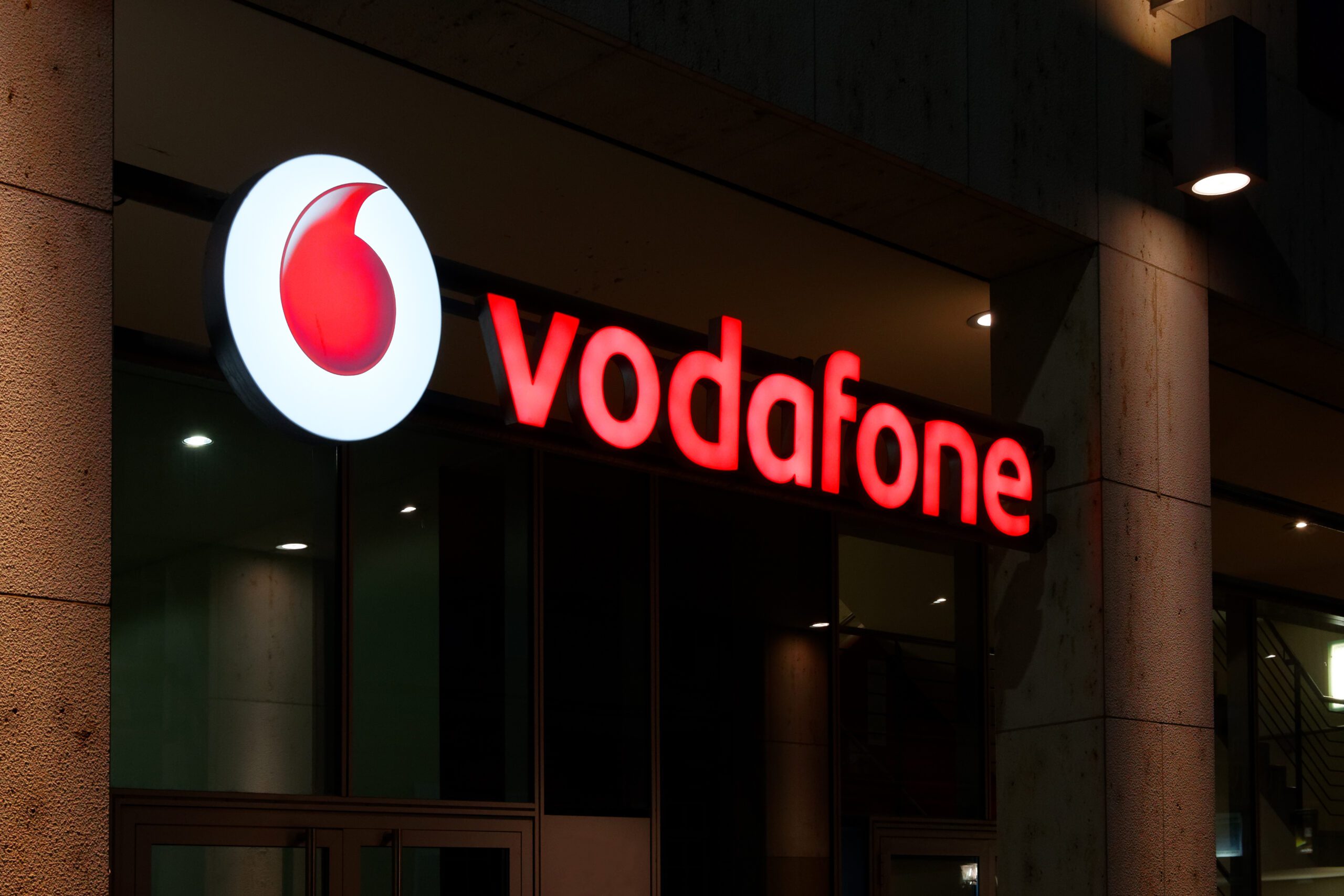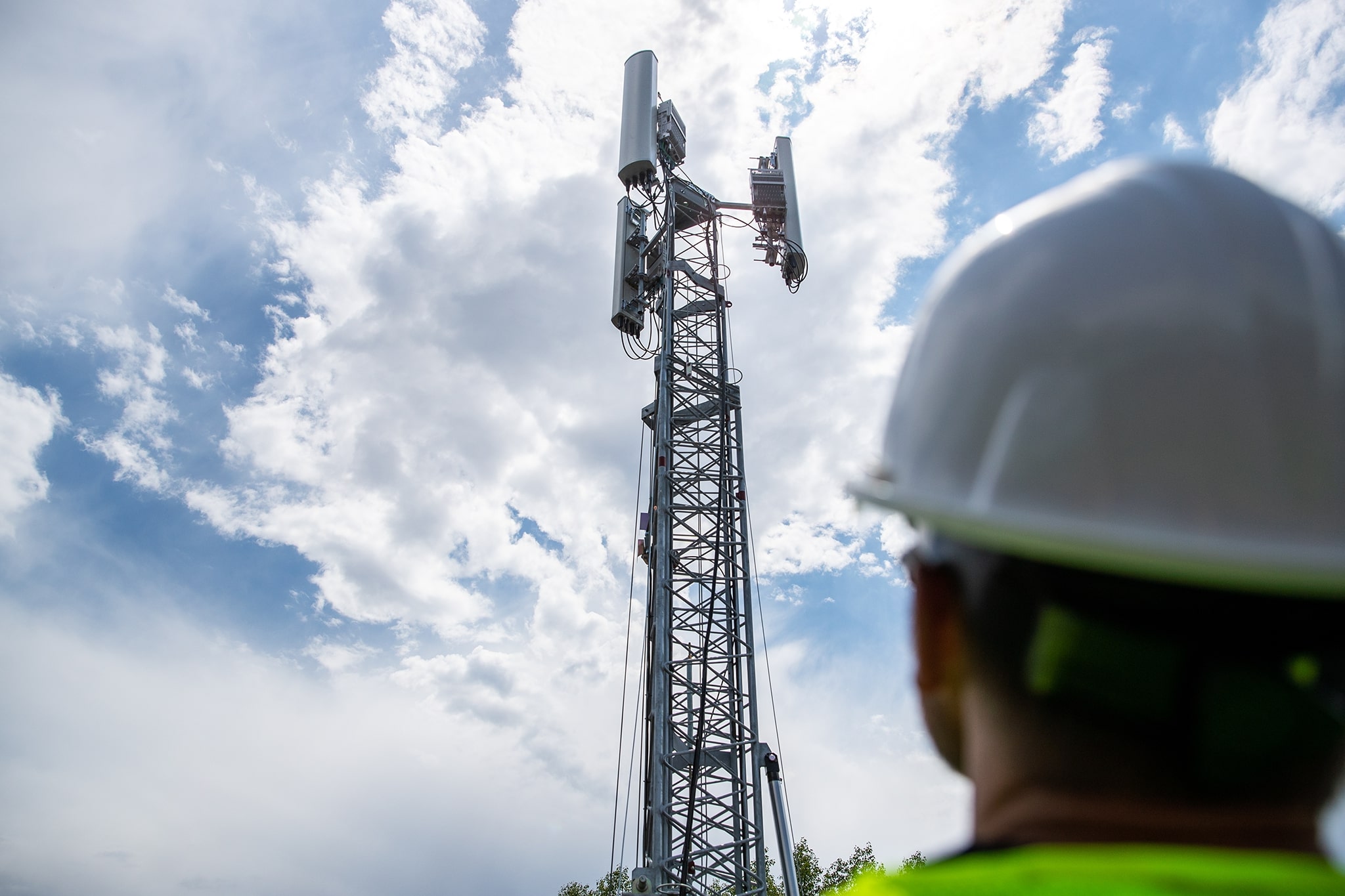A single cellular site has never been this noteworthy and a milestone across multiple dimensions. I am talking about the recently launched Open RAN site in the UK by Vodafone and Samsung Networks. This was the first such commercial site in the UK — a brownfield deployment, among the first by a large European operator, and many more. This launch marked the dawn of Open RAN in the region and will be a stepping stone for Samsung Networks in Europe.
I interviewed Andrea DonaChief Network Officer of Vodafone, and Thomas Riedel, Head of Samsung Networks Europe, over email regarding the launch. Here is what I found out and what I think this launch means for Open RAN and Samsung Networks in the region.
Start of the Open RAN revolution in the UK
Recently, there has been so much talk about Open RAN that some might even flag it as hype. The only way to remedy that sentiment is to show real progress on the ground and a committed roadmap with a tangible set of goals. That’s precisely what this announcement achieves. “This is the down payment we are making today for a large-scale, commercial Open RAN network in the UK,” said Andrea Dona, “which we plan to expand to 2,500 sites and complete by 2027, covering large parts of the South West.” and Wales. ”
Unlike many demos, trials, and proof of concept tests, the site is carrying live customer traffic and working with the surrounding legacy 5G network. As a next step, the single site will grow into what Dona calls a “Golden Cluster” of 10-15 sites and will gradually be scaled to cover across the country’s southwest. The applications will start with mobile broadband and evolve to FWA, massive IoT, Mission Critical Services, and others, in parity with the legacy 5G network.
“Currently, we are utilizing 800 MHz and 2.1 GHz bands, in Dynamic Spectrum Sharing mode, and the system is based on 3GPP Rel. 15 specs, said Thomas Riedel, “by mid-2022, today’s 2T2R and 4T4R configurations will be upgraded to 64T64R, and later to Stand Alone (SA) configuration as well.”
Riedel pointed out that the current system is already multi-vendor. It has Samsung’s vRAN and radios, Wind River’s CaaS platform, and Intel-based servers from Dell. Later this year, Samsung’s vRAN solutions will integrate with NEC’s 5G Massive MIMO radios. He didn’t forget to highlight that Samsung’s competitiveness and innovations in Open RAN are the main reasons why Vodafone selected Samsung’s solutions.
In later phases, Vodafone plans to employ a system integrator to scale up the network, harnessing the diverse ecosystem of hardware and software providers.
Debunking the myths
Although launching just a single site might look like a trivial step, it was a significant milestone in many respects and has debunked many myths. First, being a commercial site, it proves that Open RAN has finally graduated from concept to commercial reality. Second, being deployed by a major European carrier, the myths that Open RAN is only for greenfield opportunities and for non-prime carriers have been quashed. Third, this illustrates that leading operators have realized the challenges of transitioning to Open RAN and are open to adopting new models and acquiring new skill sets. For example, Vodafone has engaged with system integrators, has kicked off initiatives to establish design centers, and has acquired software development assets.
Ever since the discussion of Open RAN deployment for brownfield networks has started, the big question has been how the Open RAN and traditional networks will coexist. Vodafone seems to have identified the challenge early. Dona went to lengths to explain the rationale behind Vodafone’s phase-wise approach of “learn and progress.” In every phase from a single site to Golden Cluster to the full 2,500 site network, Vodafone plans to rigorously test, study and optimize the deployment. And one of the critical learning criteria will be the coexistence of the two networks in the commercial setting.
Samsung Networks entry into Europe
Samsung Networks is very closely tracking the international growth trajectory I had outlined in my earlier article Disrupting the landscape, Samsung emerges as a global 5G infra leader. Vodafone, one of the biggest European and global carriers, selecting Samsung Networks as a partner for its maiden Open RAN journey speaks volumes of the maturity and competitiveness of its technology and solutions.
Along with this significant engagement with Vodafone, Samsung is also working with Deutsche Telecom in the Czech Republic and Orange in France. These three give it access to the largest and most lucrative European markets in the heartlands of traditional players such as Ericsson and Nokia.
Samsung is also in a unique and highly enviable position. It has both legacy and Open RAN solutions to address both opportunities. But not being fully entrenched in the legacy business, especially in the European market, can aggressively push Open RAN and the project itself as a disruptor. Its strong financial position and diversified business, gives it a huge leg-up against the competition in the highly capital-intensive 5G infrastructure market. Additionally, the ongoing focus on supply chain security and geopolitical situations that Chinese vendors are embroiled in will prove to be a solid tailwind for its ambitions in the region.
As an analyst and a key industry observer, it would be fascinating to track how vigorously Vodafone evolves its Open RAN network and how Samsung Networks expands its sphere of influence in the European region, riding the Open RAN wave. With Mobile World Congress upon us, I am sure there will be many announcements and developments on both fronts.
Meanwhile, to read articles like this and get an up-to-date analysis of the latest mobile and tech industry news, sign-up for our monthly newsletter at TantraAnalyst.com/Newsletteror listen to our Tantra’s Mantra podcast.













